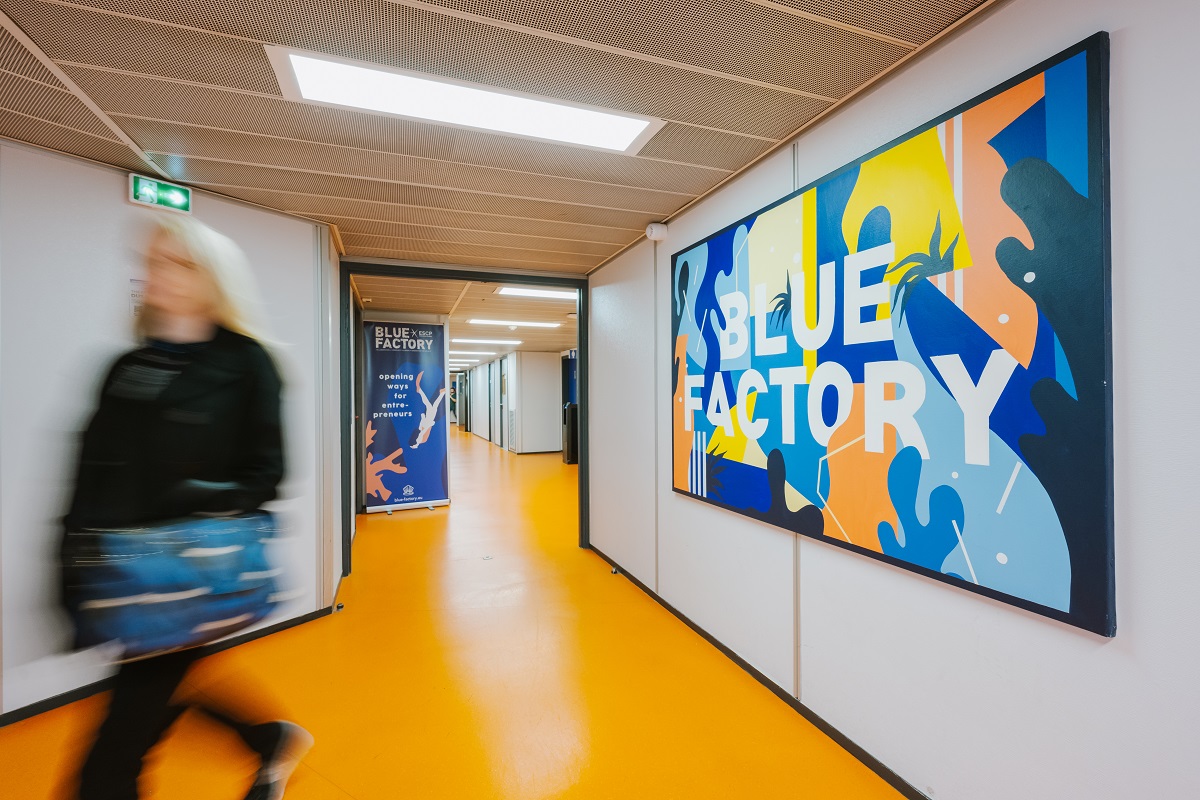Improving students’ mental health with EdTech

The article discusses the importance of implementing Social and Emotional Learning (SEL) practises in schools. Over 96% of students feel that their mental health affects their schoolwork and academic performance, and they experience a great pressure to perform well on exams and academic achievements, that often overshadows the importance of their mental wellbeing, ultimately negatively impacting their performance in the long run.
By integrating SEL practices, schools can help students develop essential skills such as self-management and relationship building which are important parts of children’s development, whilst also supporting their mental health, to ultimately improve their overall learning experience.
It has been revealed by 96% of young people in the UK that their mental health has, at some point, affected their schoolwork. Many students experience their academic achievements often getting prioritised above wellbeing. The focus on mental health and wellbeing can, over time, have long-term consequences if they are not addressed early enough. There are several factors that can impact mental health, such as the pressure to perform well in exams and other academic performances, but also bullying and discrimination, lack of necessary support, and being punished for their behaviour.
Social and Emotional Learning (SEL) is a methodology set to help all students develop essential skills including self-awareness, self-management, relationship building and responsibility. This plays a significant role in children’s development as it can help promote environments where students feel safe and that their mental health is supported, ultimately improving their learning.
SEL offers many advantages not only to students but also to schools. Social and emotional learning can help to increase positive social behaviours, as well as better student-teacher relationships, and reduce emotional distress, creating a better learning environment. It is therefore essential that educators continue to appreciate and strike the importance of SEL in order to support their students.
How students’ mental health and learning can be improved through social and emotional Learning
Incorporating SEL into classrooms can be as easy as starting the day with a student check-in – for example, presenting a traffic light system to reflect how students are feeling that day. Those who have positioned themselves as red on the traffic light system are indicating that they require more attention that day, or a break, and with this in mind, teachers can check in more with these students. Allocating time and space for talking can encourage an open conversation which delves into the reasoning behind their feelings – something that goes hand-in-hand with teaching mindfulness. Using exercises – such as breathing techniques – can aid a calming mindset that can be utilised both in and outside of the classroom, when feeling overwhelmed or stressed. Teaching this from an early age means that children are able to identify and manage any anxious feelings when navigating tests and exams, as well as setting the groundwork for navigating their emotions later on in life.
As well as providing individuals with mechanisms and strategies to regulate their emotions, the ability to empathise within a group setting is essential. While some students may find it difficult to understand and connect with people who share different opinions, it is an essential part of education and development that is proven to be beneficial for the short and long-term. For example, encouraging students to think critically about social issues, politics and different ways of thinking enables them to develop their self-awareness even further. Identifying and recognising the importance of resilience is vital for students in order to learn how to cope with difficulties in the future.
How technology within classrooms can help enhance SEL competencies
One way in which SEL can be supported is through digital learning and multimedia tools. Since many of today’s students are familiar with the use of technology, through growing up in an increasingly digital age, this creates an environment to develop their learning with strengths they already possess.
As a result, collaborating on front-of-classroom interactive whiteboards, for instance, creates an avenue for students to collaborate with others, solve problems, and develop leadership skills. Through participating in interactive initiatives, students can develop skills that will help them navigate social and emotional challenges. As well as this, the use of technology can offer students the opportunity to apply their SEL skills in real-world situations – something that is highly sought after by employers when assessing job applicants. Likewise, there are Apps available which can offer a unique personality approach to SEL learning and are ideal for classroom settings. Some schools have already taken the initiative with these platforms and seen their students improve their wellbeing, employability, and academic results.
By reinforcing a collaborative environment with technology, students can strengthen their relationships with their peers and, in doing so, gain knowledge from one another. For instance, this could involve engaging in web-based activities like Kahoot, using templates and photos to create context-rich presentations or even competing against one another on quizzes. Such activities can be designed to encourage students to vocalise their thoughts and express how they would attempt the task.
Likewise, individual, personalised learning provides an opportunity for students to complete assignments at their own pace and collaborate with teachers for feedback and guidance to improve their performance. This is a crucial way for teachers to track the progress of each individual student and assess whether or not they need to provide additional support and check in on any external feelings that might be impacting their studies.
With the flexibility of using technology to expand participation and increase engagement, teachers have endless opportunities to design their lessons to fit the needs of their students or the subject they are teaching.
Why schools must continue to integrate SEL into their curriculum
Students who have acquired the SEL competencies – self-awareness, self-management, relationship building, and responsibility – are, in the long term, more likely to be considered attractive candidates by employers. By incorporating this methodology into their lessons, teachers and schools play an important role in teaching their students key lessons, taking a more modern approach to traditional academic learning.
Social and Emotional Learning helps to ensure that students from a young age are learning essential abilities that help them to become the best versions of themselves, whilst also being empathetic towards others. Through the deployment of technology, students can more easily get the feedback and support they need to strengthen their confidence and self-esteem. Digital learning and multimedia tools are, overall, great tools to support SEL and help students develop skills to help them grow, develop, and mature, not only in school but in all stages of life.
By Nicola Pearce, Head of Education at BenQ
FE News on the go
Welcome to FE News on the Go, the podcast that delivers exclusive articles from the world of further education straight to your ears.
We are experimenting with Artificial Intelligence to make our exclusive articles even more accessible while also automating the process for our team of project managers.
In each episode, our thought leaders and sector influencers will delve into the most pressing issues facing the FE.











Responses